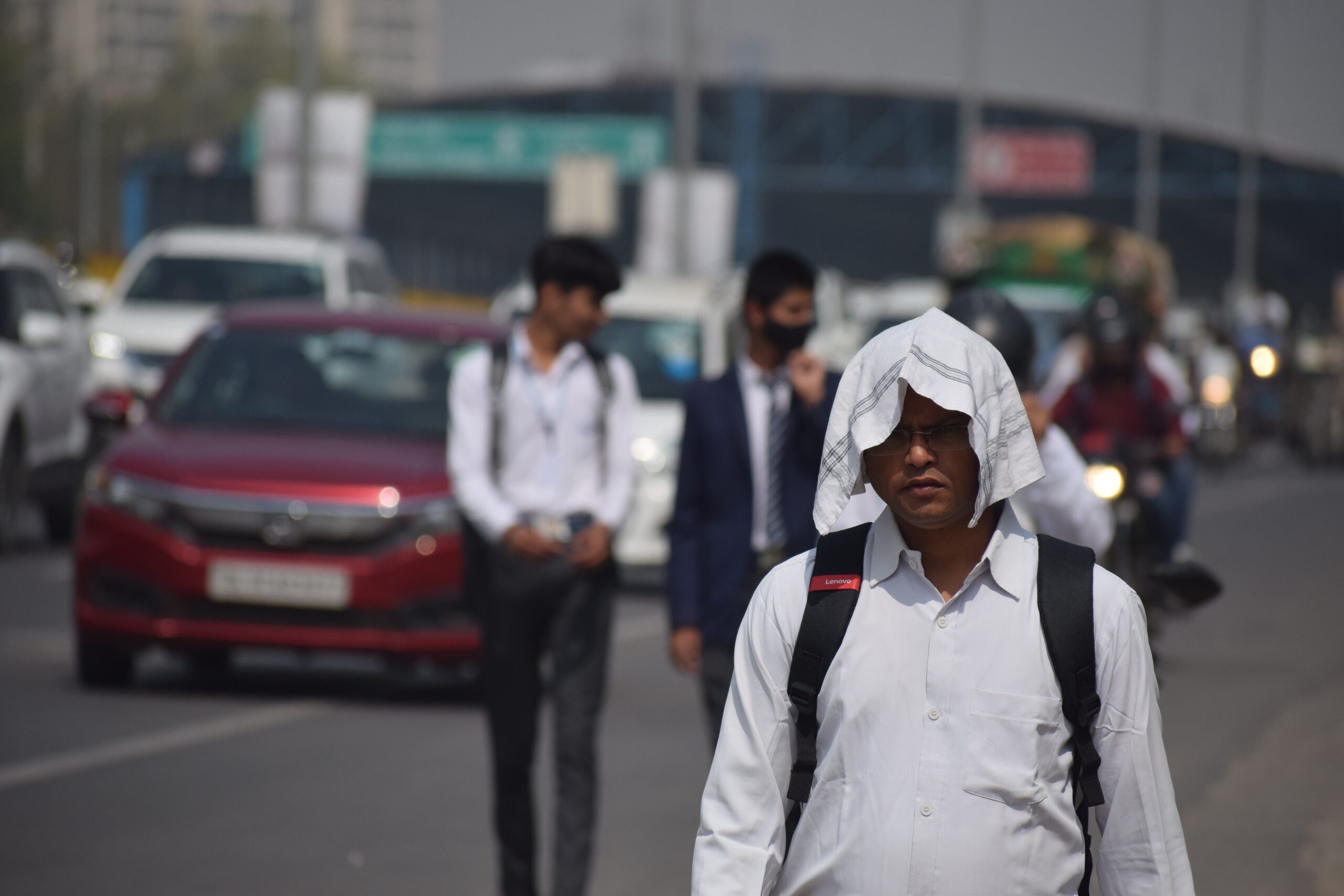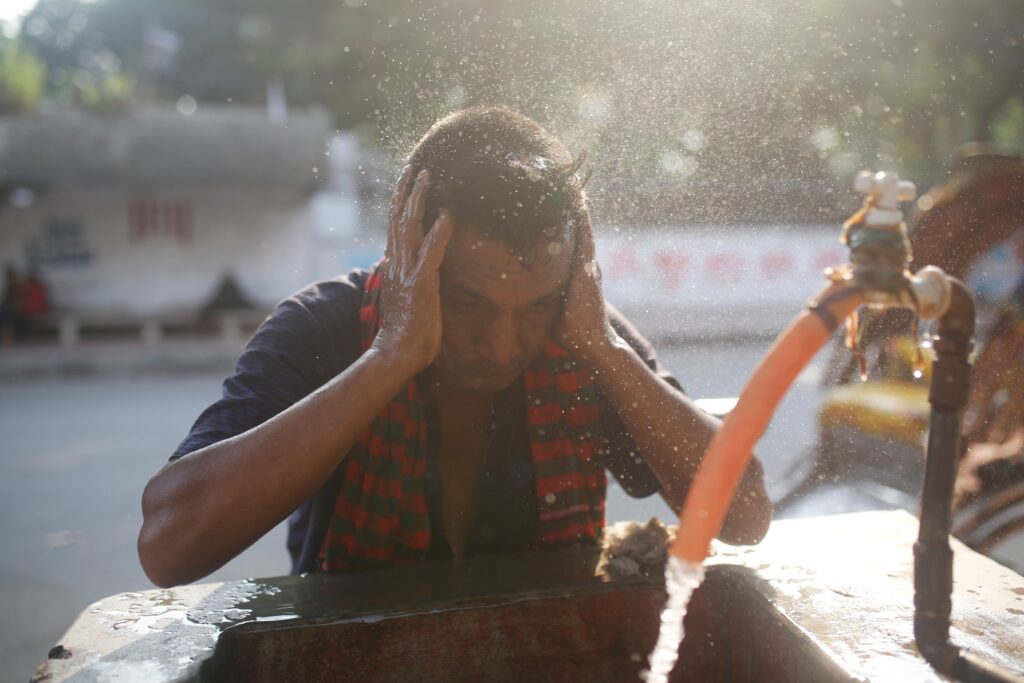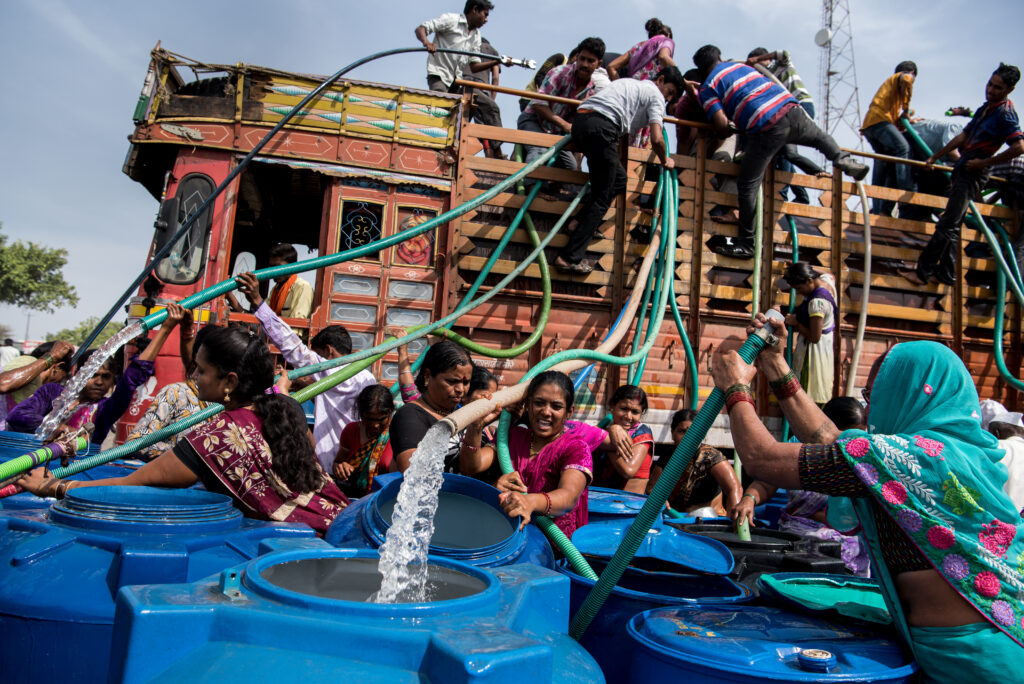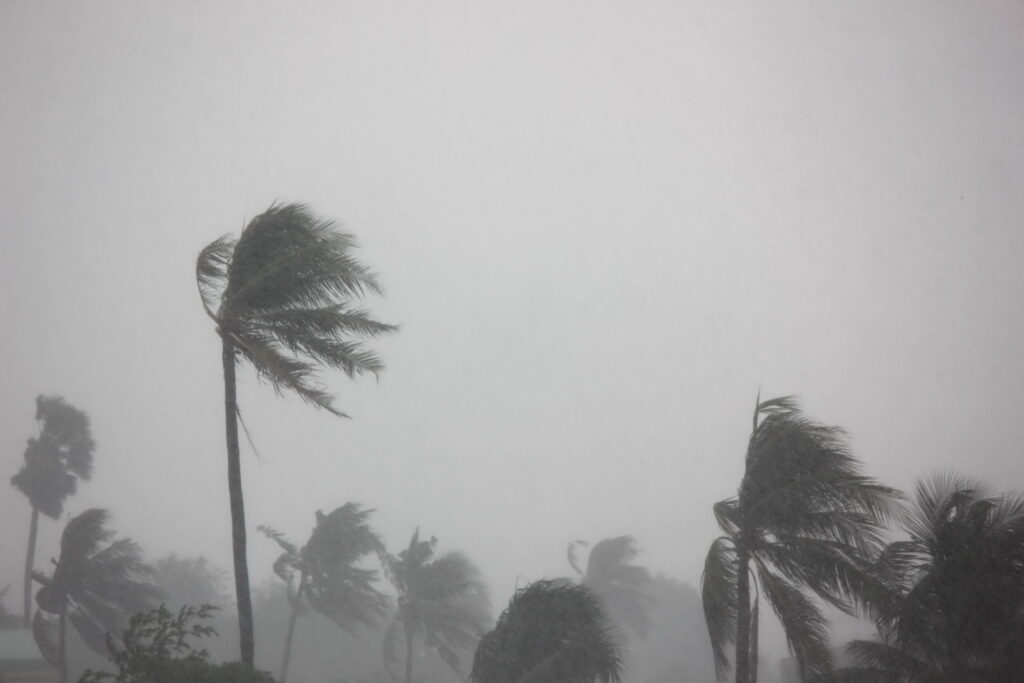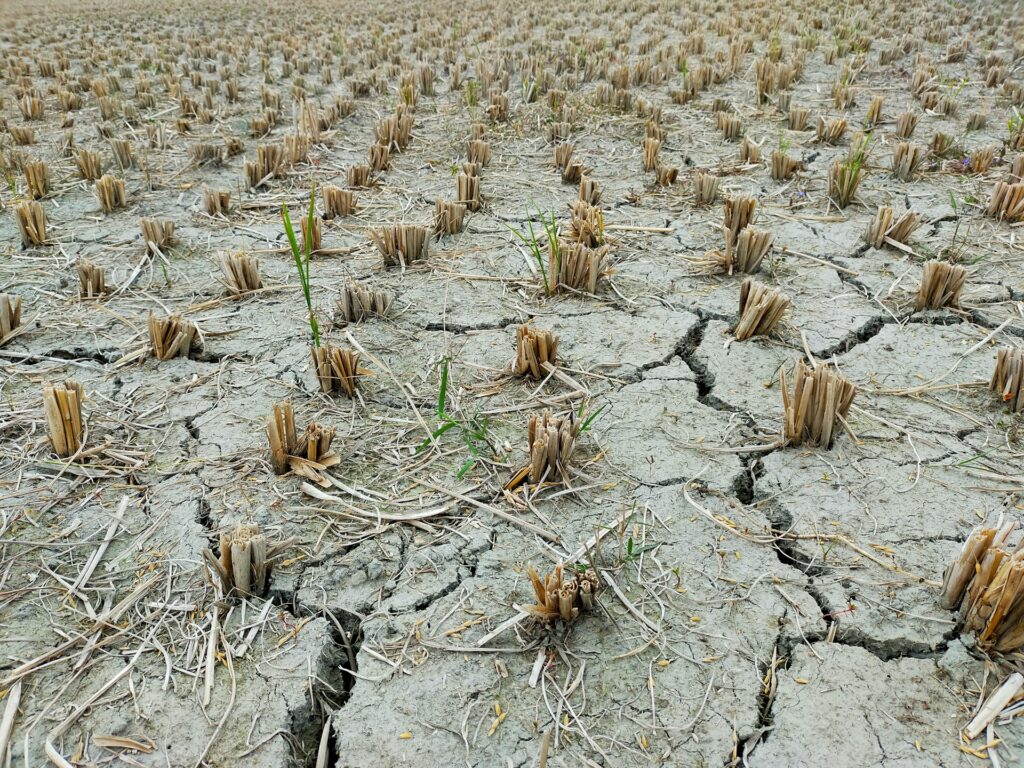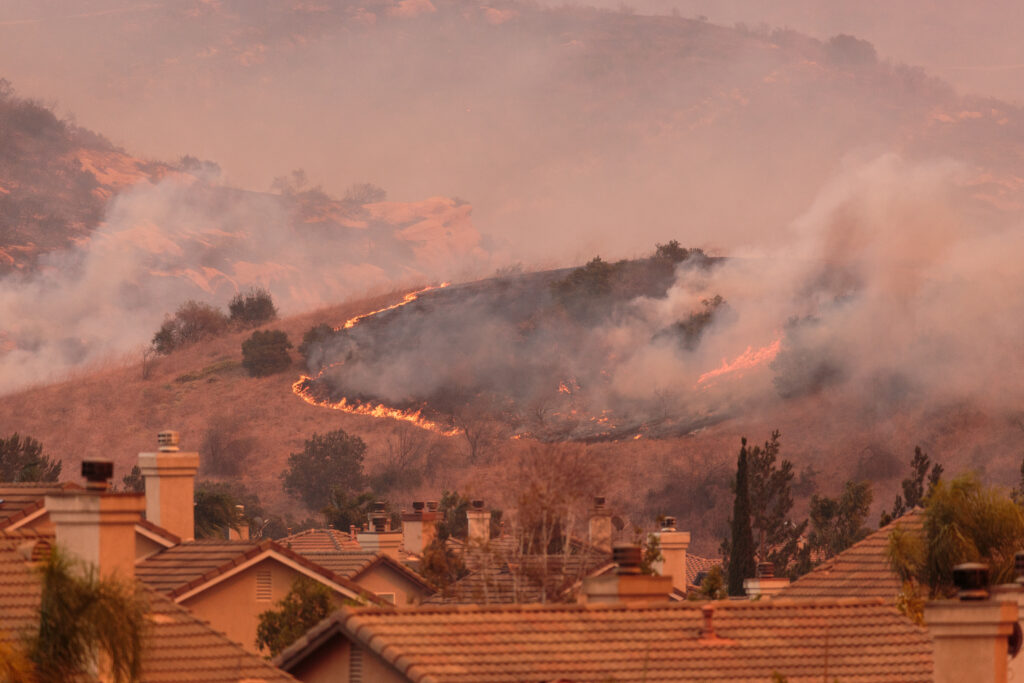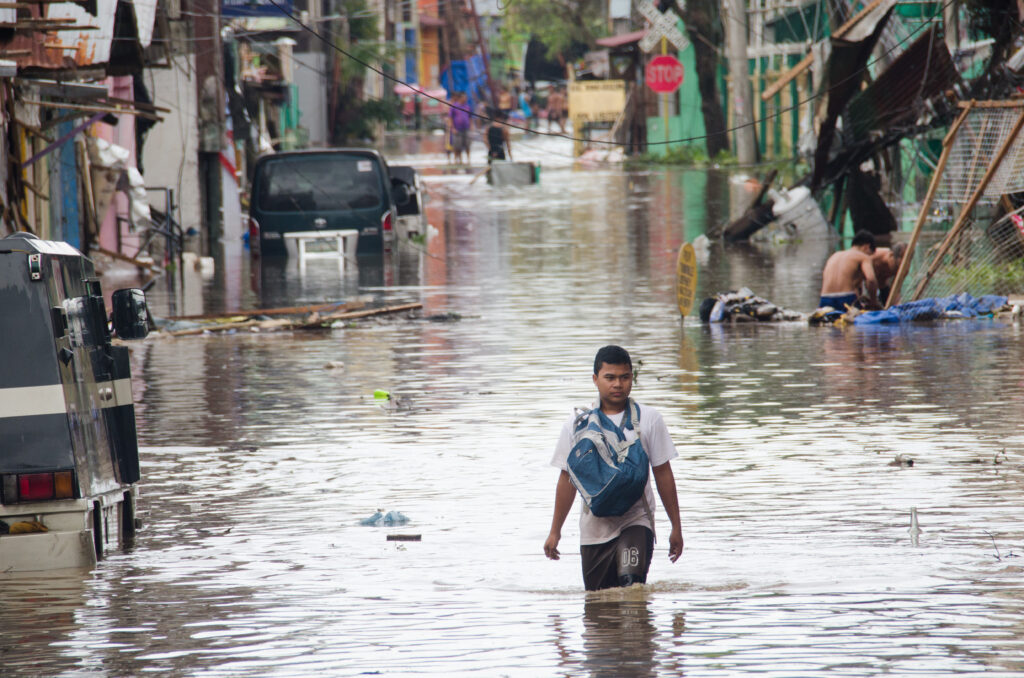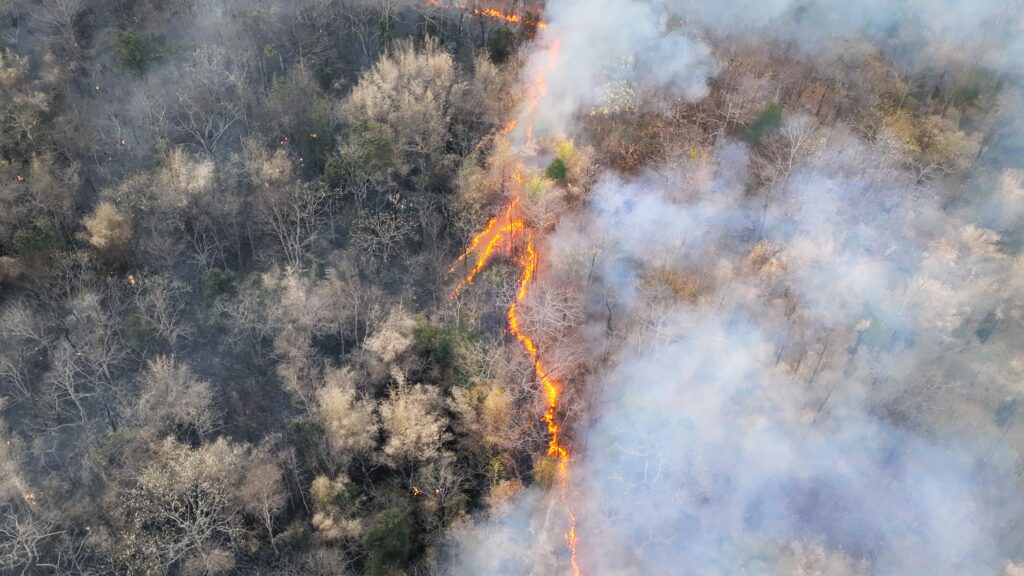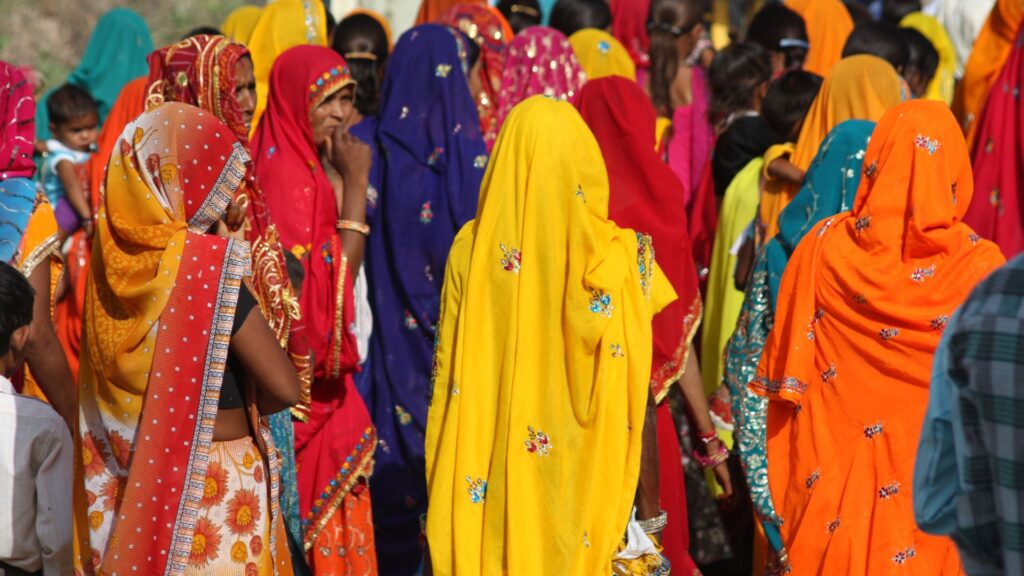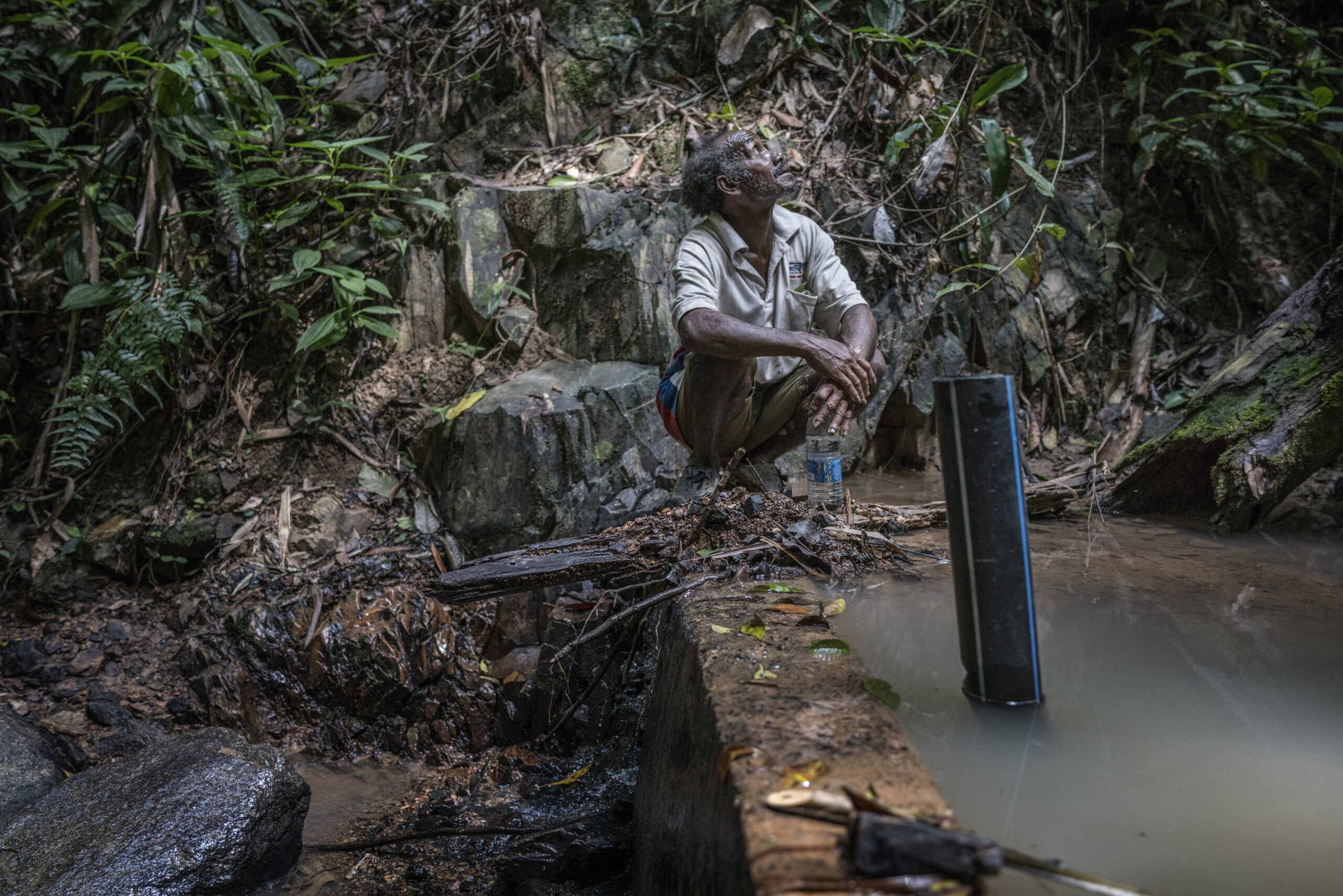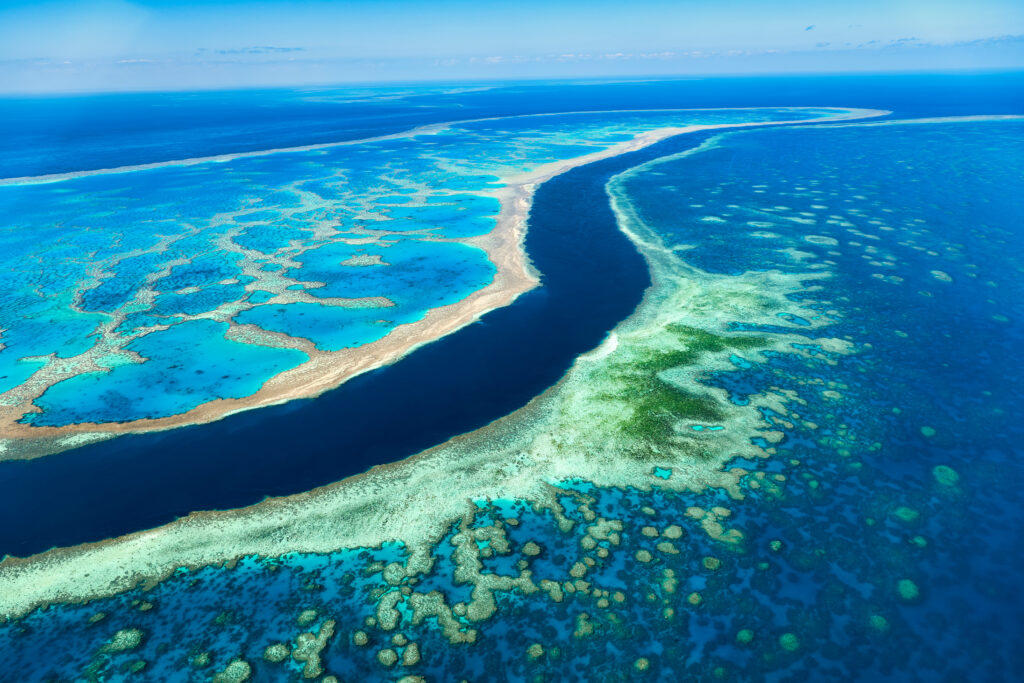Billions of people globally have faced temperatures intensified by climate change over recent months, according to a new Climate Central analysis, with hundreds of millions exposed to 30 days or more of life-threatening extreme heat. The new report used Climate Central’s Climate Shift Index (CSI) to quantify the influence of climate change on global temperatures from December 2024 to February 2025. The findings underscore how climate change, driven primarily by burning fossil fuels like coal, oil and gas, is significantly increasing heat-related health risks around the world.
“Climate change is not a distant threat but a present reality to millions,” said Dr. Kristina Dahl, vice president of science at Climate Central. “The increasing frequency and severity of heat events around the world reveal a dangerous pattern of heat exposure that will only worsen if the burning of fossil fuel continues.”
The Dangers of Extreme Heat
Heat stress is the leading cause of weather-related deaths and can worsen pre-existing illnesses. Often referred to as a “silent killer“, heat-related fatalities are frequently underreported.
Heat-related Deaths
While gathering accurate data is challenging, studies suggest that approximately 489,000 heat-related deaths occurred globally each year between 2010 and 2019, with 45% of these in Asia and 36% in Europe. Both physiological factors, such as age and health, and exposure factors, such as occupation and socioeconomic conditions, influence vulnerability to heat. “Heatwaves are the deadliest type of extreme weather but they don’t leave a trail of destruction or striking images of devastation,” explained Dr. Friederike Otto, co-founder of World Weather Attribution. “They kill poor, lonely people in rich countries, and poor people working outdoors in developing countries.”
Heat-related Illness
Extreme heat also causes a domino effect of secondary health-related issues. Past the immediate dangers of increased temperatures on the body, heat can lead to food, water and energy shortages, worsen air pollution and increase the risk of infectious disease. As global temperatures continue to rise, these effects are expected to worsen.
Excessive Heat in Asia
Climate Central’s analysis found that almost 400 million people worldwide experienced at least 30 days of “risky heat” due to climate change during the three-month study period. “Risky heat” days are defined as days with temperatures hotter than 90% of local temperatures recorded from 1991 to 2020. The report emphasised that health risks related to heat can increase when temperatures surpass this local threshold.
The report also analysed daily temperatures to identify instances of unusual heat and assess how climate change influenced those temperatures. In Asia, 554 million people, or 12% of the continent’s total population, were exposed to 30 or more days of unusual heat that was made twice as likely by climate change.
Urban centres, in particular, are hotspots of heat risk due to high population density and land development patterns that intensify heat in “urban heat islands“. This is especially true for the world’s largest cities. The analysis also found that 11 of the world’s megacities, with a combined population of 210 million people, endured heat that was significantly influenced by climate change for at least 30 days or more.
In Asia, this included Tamil Nadu in India, Manila in the Philippines and Jakarta in Indonesia. These megacities endured climate-change-exacerbated heat for almost the entirety of the three-month study period: 81 days, 69 days and 69 days, respectively.
Beyond Heatwaves: Extreme Weather Events Also Claimed Lives
As Climate Central’s analysis demonstrates, extreme heat is one of the most widely felt impacts of climate change worldwide. Yet, other dangerous impacts — including intense rainfall, destructive storms and severe cyclones — are also causing significant loss of life.
In Asia, consecutive extreme rainfall events have led to numerous fatalities. Cyclone Fengal claimed 20 lives in Sri Lanka and India, while severe floods killed another 30 people in Malaysia and Thailand. In southwest China, emergency teams worked urgently to locate 28 individuals who went missing following a landslide triggered by heavy rain. Additionally, torrential rains in Indonesia caused rivers to overflow, resulting in 21 deaths on Java Island. Northern Japan experienced record snowfall, with 129 cm recorded in just 12 hours.
Australia was also struck by multiple extreme weather events. Cyclone Sean, a Category 4 storm, hit the nation’s west coast, followed by Cyclone Zelia, which uprooted trees and forced port closure. Meanwhile, other areas of the country saw temperatures reach more than 40°C, leading to a surge in hospitalisations. New research has determined that human-induced climate change is contributing to a 20% rise in heatwave-related deaths in Australia.
Heat Brings More Heat
Extreme heat events not only harm public health, but also contribute to further climate-harming emissions, creating a vicious, self-reinforcing cycle. As temperatures climb, demand for air conditioning and cooling systems surges. In 2024, clean energy sources like solar power provided 40% of global electricity, yet record heatwaves led to a surge in air conditioning use. This increased the demand for fossil fuel generation, driving up power sector emissions to an all-time high.
A further impact is that extreme heat conditions can worsen and prolong wildfires. These fires emit massive amounts of pollution, causing severe harm to both people and the climate. These emissions further warm our atmosphere, increasing the likelihood and severity of future heatwaves and wildfires in a dangerous feedback loop that is already accelerating.
Such complexities make addressing climate change even more challenging, and also more urgent. The health-related impacts of climate change will only continue to worsen until global greenhouse gas emissions peak and rapidly decline. Curbing emissions and enhancing adaptation efforts are essential to break this cycle and protect people from a future marked by increasingly extreme and dangerous heat.
Evelyn Smail
Writer, United Kingdom
Evelyn is a freelance writer and journalist specialising in climate science and policy, the just energy transition and the human impacts of climate change. She writes for independent publications, NGOs and environmental organisations. Evelyn has a background in sustainable development, climate justice and human rights.
Evelyn is a freelance writer and journalist specialising in climate science and policy, the just energy transition and the human impacts of climate change. She writes for independent publications, NGOs and environmental organisations. Evelyn has a background in sustainable development, climate justice and human rights.

